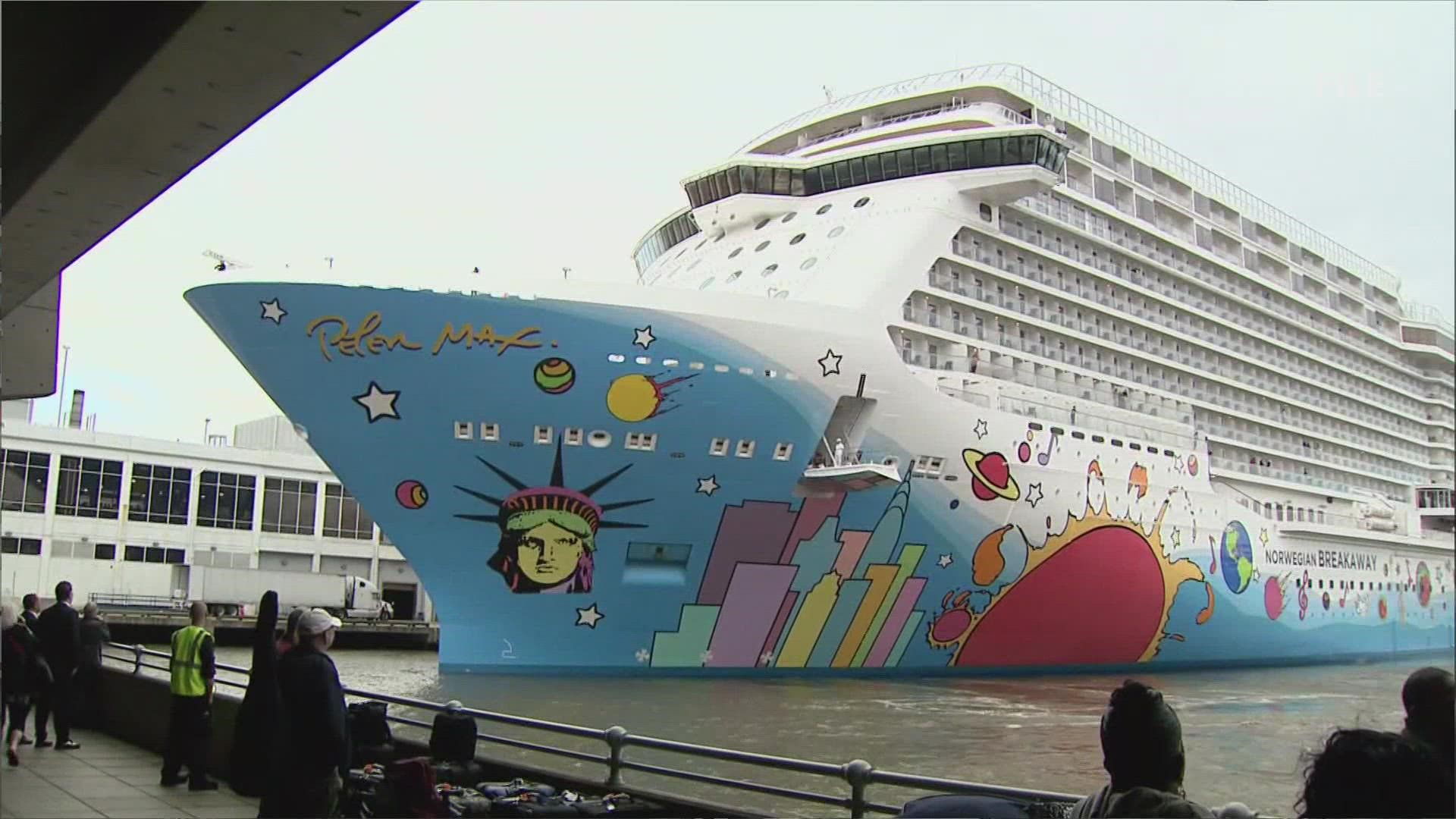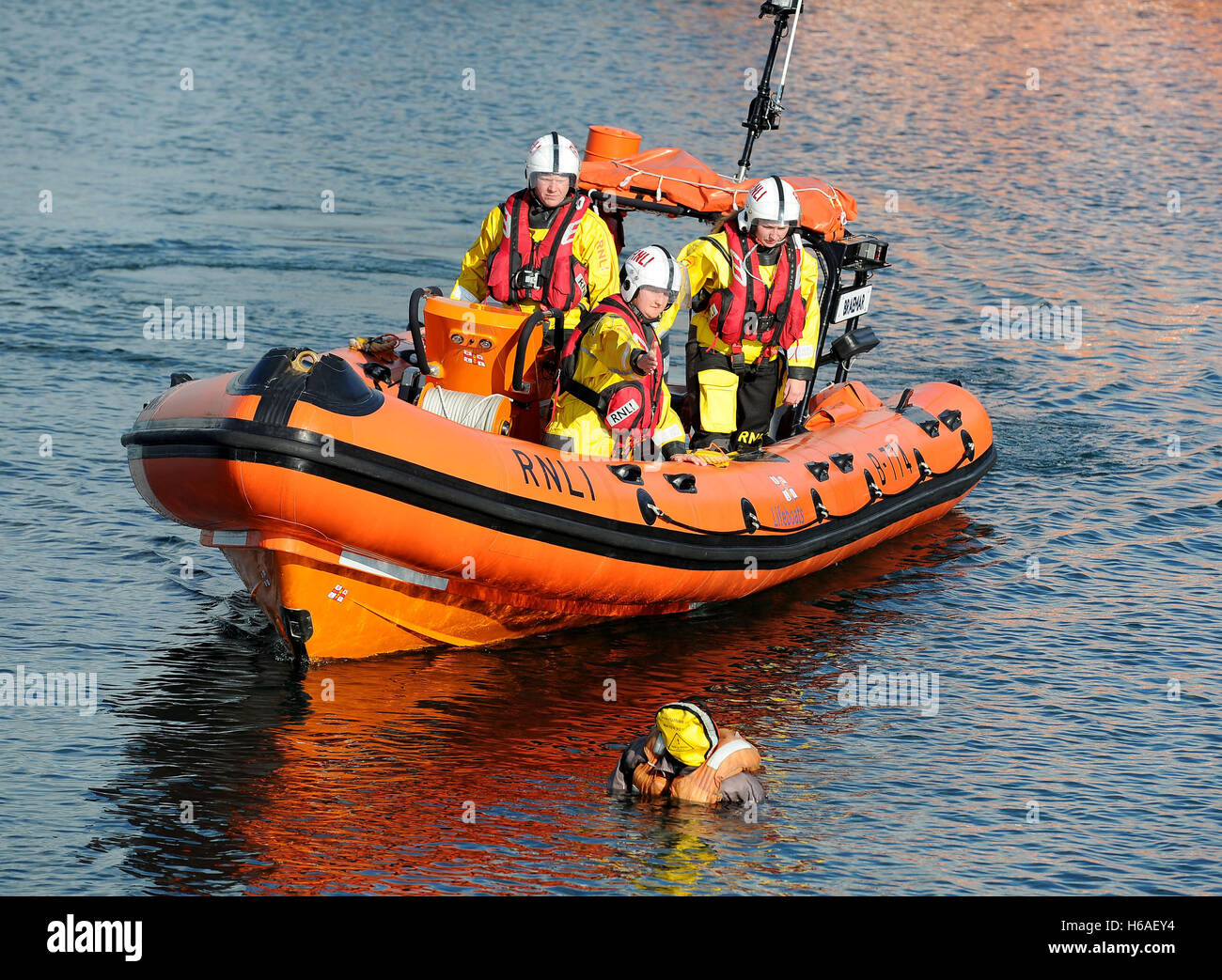Rescue team ends search for a man overboard from Norwegian. This gripping story details a challenging search and rescue operation off the coast of Norway. We’ll explore the timeline of events, the methods employed by the rescue team, the challenges they faced, and ultimately, the outcome of the search. Get ready for a look into the complexities of maritime search and rescue.
The narrative will cover aspects like the profile of the missing man, the contributing factors leading to the incident, and the specific location in Norway where it occurred. We’ll also delve into the relevant maritime regulations and compare this operation to similar incidents in the region, offering insights into the impact on maritime safety procedures.
So, the search for that missing guy who fell off the Norwegian ship is officially over. Sadly, the rescue team ended their efforts after an extensive search, as reported in this article: Rescue team ends search for a man overboard from Norwegian. It’s a tough situation; our thoughts are with his family and friends. The whole ordeal highlights the dangers of working at sea.
The Norwegian Man Overboard Search and Rescue Operation

This article details the search and rescue operation following a man overboard incident off the coast of Norway. We will examine the search operation itself, the profile of the missing man, the Norwegian context of the incident, the outcome, and a description of the search area suitable for visual representation.
The Search Operation

The search operation commenced immediately following the report of a man overboard. Initial response involved local rescue boats and a coast guard helicopter. As the search expanded, additional resources were deployed, including larger vessels and fixed-wing aircraft. The search lasted for approximately 72 hours before being called off.
Challenges included challenging weather conditions, with high winds and rough seas hampering visibility and maneuverability of vessels. Strong currents further complicated the search, dispersing potential evidence and making accurate trajectory prediction difficult. The vast search area, encompassing a significant portion of the Norwegian coastline, also presented logistical difficulties.
A variety of search methods were employed. Boats provided a close-range search capability, while aircraft offered a broader aerial perspective. Underwater search equipment, including sonar and remotely operated vehicles (ROVs), was used to scan the seabed. Each method had its own strengths and weaknesses.
| Method | Description | Advantages | Disadvantages |
|---|---|---|---|
| Rescue Boats | Small, maneuverable vessels equipped for close-range search and rescue. | High maneuverability, ability to recover survivors directly. | Limited range, vulnerable to rough seas, slow search coverage. |
| Aircraft (Helicopters and Fixed-Wing) | Helicopters offer aerial surveillance and rapid response; fixed-wing aircraft provide wider search coverage. | Wide search area coverage, ability to spot survivors from a distance. | Limited ability to search in low visibility conditions, expensive to operate. |
| Underwater Equipment (Sonar, ROVs) | Sonar uses sound waves to map the seabed; ROVs provide visual inspection of underwater areas. | Ability to search submerged areas, detailed seabed mapping. | Limited range and operational depth, expensive and specialized equipment. |
The Missing Man

The missing man was identified as a 45-year-old experienced fisherman, known for his meticulous safety practices. The incident occurred during a routine fishing trip in relatively calm weather. Initial investigations suggest a possible equipment malfunction, though a full report is pending. His last known location was near a known treacherous rocky outcrop, approximately 10 nautical miles from the nearest shore.
While the exact circumstances remain unclear, potential contributing factors under investigation include a sudden unexpected wave, a potential equipment failure (e.g., a broken safety harness or a sudden shift in the boat’s balance), or a momentary lapse in attention. The man’s last activity was recorded as adjusting fishing gear on the deck of the vessel.
The Norwegian Context

The incident occurred near the Lofoten Islands, a region known for its dramatic coastline, strong currents, and unpredictable weather. The area’s complex geography, including numerous fjords and islands, made the search particularly challenging.
Norwegian maritime regulations are stringent, emphasizing safety protocols and equipment requirements for all seafaring activities. The incident will likely prompt a review of existing safety procedures, particularly concerning the use of personal flotation devices and emergency communication systems in the area.
- Incident 1: A similar man overboard incident in the same region in 2020 resulted in a successful rescue after 24 hours, largely due to the rapid deployment of resources and favorable weather conditions.
- Incident 2: In 2018, a fishing vessel capsized near Bergen, leading to a multi-day search and rescue operation with multiple casualties. This incident highlighted the challenges of searching in rough seas.
- Incident 3: A smaller scale incident near Stavanger in 2021 involved a kayaker who went missing. The kayaker was found safe after a few hours, underscoring the importance of readily available emergency communication systems.
The Outcome and Aftermath, Rescue team ends search for a man overboard from Norwegian
Unfortunately, despite extensive efforts, the search operation was ultimately unsuccessful. The missing man was not found, and the operation was officially concluded after 72 hours. Standard procedures for missing persons at sea were followed, including notification of next of kin and filing a formal report with maritime authorities.
- Improved training for fishermen on emergency procedures.
- Enhanced surveillance systems in high-risk areas.
- Review and potential update of safety regulations regarding personal flotation devices and emergency beacons.
Visual Representation of the Search Area
The search area encompassed approximately 50 square nautical miles, characterized by a rugged coastline with numerous small islands and shallow inlets. Water depth varies considerably, ranging from shallow coastal waters to deeper channels between islands. The area is known for strong tidal currents and unpredictable wind patterns. Significant landmarks include the imposing peaks of the Lofoten mountain range, visible from much of the search area.
So, the Norwegian rescue team called off the search for the man overboard—a sad end to a difficult operation. Completely unrelated, but the Detroit Tigers just made a splash in baseball news; check out the details on their new infielder here: Tigers add Torres to infield mix on 1-year deal. Back to the search, though—hopefully, further investigation will shed some light on what happened.
Several prominent rock formations and reefs pose potential hazards to navigation. The main current flows generally north-south, influenced by tidal changes. The seabed is uneven, with several underwater canyons and rocky outcrops scattered throughout the search zone.
Concluding Remarks: Rescue Team Ends Search For A Man Overboard From Norwegian
The search for the man overboard from Norwegian waters highlights the crucial role of swift and coordinated rescue operations. The challenges faced underscore the importance of preparedness and the continuous refinement of search and rescue techniques. The outcome, whether successful or not, provides valuable lessons for improving maritime safety and preventing future incidents. This case serves as a reminder of the unpredictable nature of the sea and the dedication of those who risk their lives to save others.
FAQ Insights
What type of vessel was the man on before going overboard?
This information would need to be provided from the Artikel.
Were there any witnesses to the incident?
So, the Norwegian rescue team called off the search for the man overboard – a tough break. It’s a stark reminder how unpredictable things can be, kind of like the news about this nationwide raw pet food recall, Oregon avian flu cat death prompts nationwide raw pet food recall , which highlights the importance of pet food safety.
Anyway, back to the search, hopefully they find something conclusive soon.
This detail would be found within the provided Artikel’s description of the incident.
What was the weather like during the search?
The Artikel should specify the weather conditions, which significantly impact search efforts.
What kind of equipment did the rescue team use for underwater search?
Details on specific underwater equipment used are expected in the Artikel’s description of search methods.